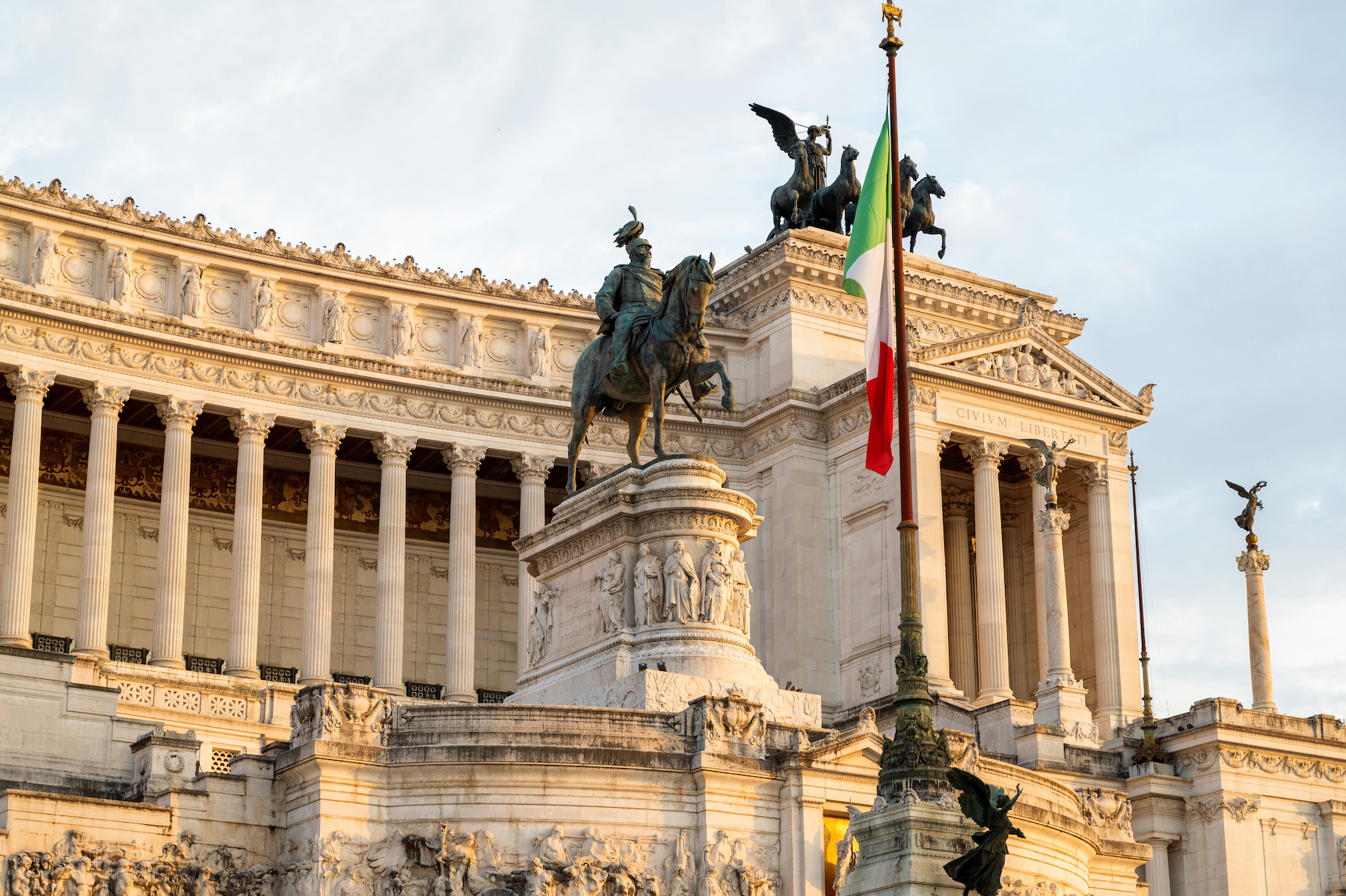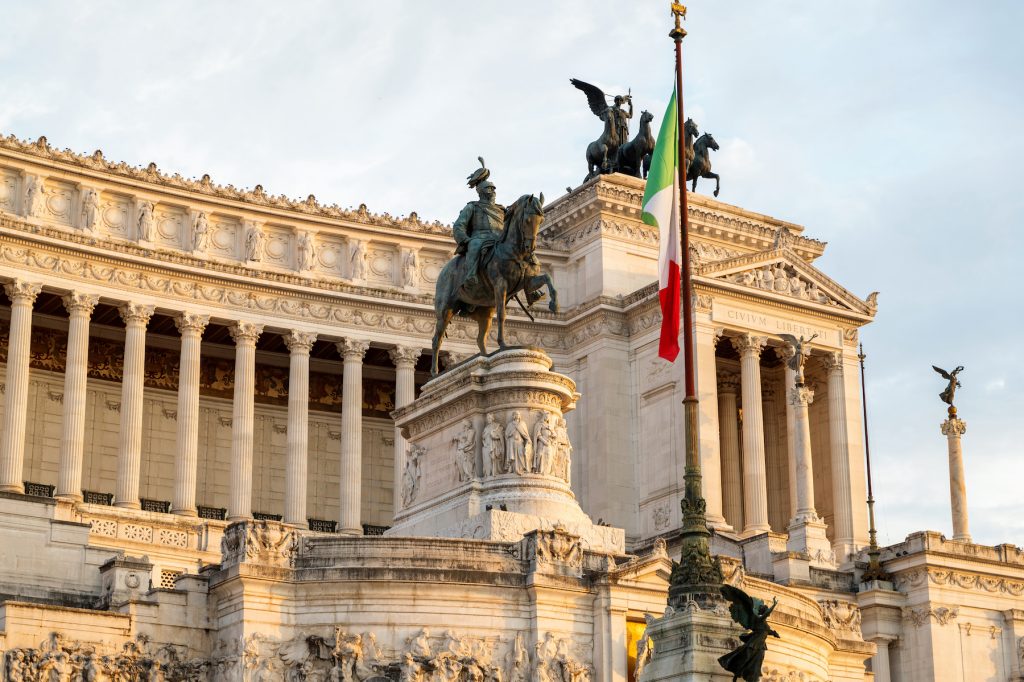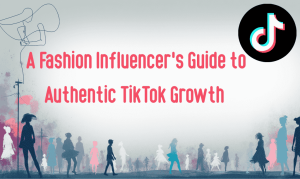With the 63rd edition of Salone del Mobile Milano boasting participation from over 2,100 exhibitors, the annual event is a powerful economic engine. Revenues rose to 275 million euros in 2024, Salone del Mobile.Milano’s first Milan Design (Eco) System Report showed. Milan Design Week also impacts the local real estate with rentals skyrocketing during the event.

Milan Design Week impacts the local real estate
Milan Design Week is one of the world’s leading design events, drawing luxury brands, architects, interior designers, and tech innovators from across the globe. Held annually in Milan, Italy, this week-long event showcases the latest trends in architecture, furniture, lighting, textiles, art, and technology through exhibitions, installations, and pop-up shows spread throughout the city.
The event is anchored by the Salone del Mobile, a major furniture and interiors fair at Rho Fiera, along with the Fuorisalone. Milan Design Week, with its rich design heritage, transforms the city into an open-air museum of creativity, merging commerce, culture, and community. It serves as a platform for new product launches, fostering brand connections and driving demand while enabling brands to engage with new consumers and boost sales.
The economic impact of Milan Design Week on the region
The first Milan Design (Eco) System report by Salone del Mobile.Milano and the Department of Design of Milan’s Politecnico University said Milan Design Week generated revenue inflows into the city of 275 million euros, up 13.7 percent compared to 2023.
Per WWD: ‘“The impact and the effects of the Salone on the city go way beyond this financial figure. It is also thanks to the many opportunities for encounters inspired by the Salone that the entire city is involved,” Milan mayor Giuseppe Sala said in the report… Overall, the report showed that the international design fair Salone del Mobile.Milano registered 370,824 visitors at the 2024 edition. Organisers said that 53.93 percent of these visitors were from foreign countries. Exhibitors totalled 1,950 and hailed from a total of 36 countries.’
During Milan Design Week in April of 2024, a 10.6 percent rise to 121.4 million euros was recorded in hospitality services, while restaurant and food services spend rose 10.1 percent to 85.9 million, while sales generated from shopping rose 9.2 percent to 66.6 million euros. Between April 15 and 21, 126,946 people were registered in Milan’s accommodation facilities.
The city’s reputation as a design hub is also on the rise, the report showed. The number of design companies present in Milan and its provinces surged 66 percent between 2009 to 2023, according to data compiled with the help of the Milan, Monza, Brianza and Lodi Chambers of Commerce. Today there are 3,263 cultural and creative companies supporting design activities within the Milan Design System and 16,000 design students enrolled in universities, private schools and institutes in Milan. At the presentation, Salone del Mobile.Milano president Maria Porro stressed the importance of the collaboration between private and public leaders in the evolution of the event and its role on an international stage.
Per IULM Universita: ‘Major events such as Fashion Week, Salone del Mobile, and Taylor Swift’s concerts have generated significant economic impact: €283 million for Fashion Week, €261 million for Salone del Mobile, and €176.6 million for the American artist’s concerts. Milan’s tourism sector includes over 20,500 businesses and more than 132,000 employees, marking a 2 percent increase in 2024 compared to the previous year.’
Confcommercio Secretary General Marco Barbieri emphasized that, “The Salone del Mobile, Design Week, Fashion Weeks, and the Monza Grand Prix have brought millions of tourists, visitors, and professionals to the entire region, creating a positive reverberation in several Lombardy provinces… The hospitality industry is evolving rapidly, and it is essential to have increasingly specialized and skilled professionals capable of meeting the demands of a discerning and multichannel audience.”
Milan Design Week Influences Real Estate
Thousands of visitors from around the world head to Milan each year at Milan Design Week, transforming the city into a hub of innovation, sending rental prices skyrocketing in key neighbourhoods. The event significantly impacts the local real estate market as property owners capitalize on the influx of international visitors with short-term rentals, leading to increased rental prices during the event.
During Milan Design Week, short-term rental prices in the city can soar to roughly 10,000 euros for a week, particularly in posh neighbourhoods like Brera, Tortona, and Porta Venezia. These areas in the Fuorisalone events feature installations and exhibitions that draw a diverse international audience, making the neighbourhood attractive for those seeking temporary accommodations.
Additionally, temporary installations, pop-up shops and exhibits across Milan revitalises under-utilised urban spaces, transforming them into vibrant cultural hubs. These temporary structures enhance the city’s aesthetic appeal and stimulate local economies by attracting tourists and design enthusiasts.
Beyond the immediate effects, Milan Design Week drives long-term urban development by influencing the design and functionality of public spaces and venues. For instance, installations like Es Devlin’s “Library of Light” and Tokujin Yoshioka’s “Frozen” challenge conventional design norms and encourage the integration of art and sustainability into urban planning.
Moreover, the event’s emphasis on design excellence has led to the development of iconic structures such as the Bosco Verticale and the CityLife district, which combine residential, commercial, and green spaces, setting new standards for urban living. In essence, Milan Design Week serves as a catalyst for both temporary and enduring changes in the city’s architectural and urban fabric.
Origin, history and significance of Milan Design Week
Milan Design Week, also known as Salone del Mobile, traces its origins back to 1961, when the first Salone del Mobile furniture fair was held in Milan. Initially conceived as a way to showcase Italian craftsmanship and innovation in furniture design, the fair quickly became a focal point for designers and manufacturers worldwide. Over time, the event expanded to include other forms of design such as lighting, textiles, and interiors. In the 1980s, the event’s reach grew beyond the fairgrounds, with the introduction of Fuorisalone, a series of exhibitions and events held across the city in parallel with the Salone del Mobile.
Over the decades, Milan Design Week has evolved into a global design spectacle, attracting top designers, luxury brands, and emerging talent from all corners of the globe. It is not only a commercial trade fair but also a cultural gathering that celebrates innovation, creativity, and design excellence. Designers and brands from around the world use the event as a platform to launch new products, collaborate with other creatives, and showcase their latest trends to an international audience. Today, Milan Design Week is seen as the most important and influential design event in the world.
The significance of Milan Design Week extends far beyond the immediate design industry. The event has become a major driver of Milan’s economy, generating millions of euros in tourism and sales each year. It also plays a key role in shaping global design trends, setting the stage for the future of architecture, furniture, and industrial design. As an open platform, Milan Design Week allows for the convergence of diverse creative fields, from art and fashion to technology and sustainability. This makes it a vital meeting point for design professionals, artists, brands, and enthusiasts, all of whom are united by their passion for innovation and design.
Jasmeen Dugal is Associate Editor at FashionABC, contributing her insights on fashion, technology, and sustainability. She brings with herself more than two decades of editorial experience, working for national newspapers and luxury magazines in India.
Jasmeen Dugal has worked with exchange4media as a senior writer contributing articles on the country’s advertising and marketing movements, and then with Condenast India as Net Editor where she helmed Vogue India’s official website in terms of design, layout and daily content. Besides this, she is also an entrepreneur running her own luxury portal, Explosivefashion, which highlights the latest in luxury fashion and hospitality.











